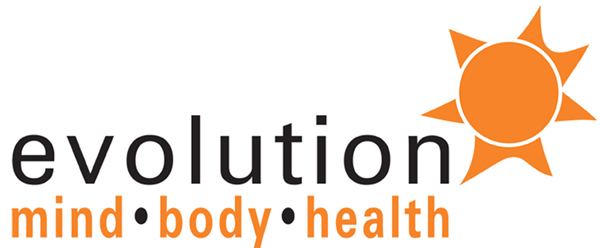Exploring the changes in fitness that come with ageing. Is it age or is it due to lack of activity?
In this episode of Ageing Ungracefully my co-host, Paul Sullivan and I explore what fitness changes are inevitable and what can be slowed with lifestyle.
When people talk about fitness what exactly do they mean?
The two types of fitness
The components of fitness fall into either health-related or performance related.
Health-related fitness includes, cardiovascular, strength, endurance, flexibility, and body composition.
Performance or skill-related fitness includes agility, balance, coordination, power, reaction time and speed.
Health
The health-related aspects of fitness as you can imagine are critical for our longevity. For example, muscle means better health and should be considered a vital sign. Loss of muscle or sarcopenia is a health risk, but is it inevitable?
Not that long ago frailty was associated with ageing, but it is also associated with being sedentary.
We used to believe that at a certain age muscle loss was inevitable and once it was gone it was lost forever. That we lost our ability to build new muscle. Thankfully, that is not true.
The evidence to support our ability to increase our muscle mass is growing 🙂

Without resistance exercise, once you hit 50 years old you can expect to lose about 1/2 pound of muscle per year. It gets worse as we get older, but being younger doesn’t protect you either. Muscle loss is seen in young adults too. Being sedentary is the biggest contributor to muscle loss. Studies on young men showed that after a few days of bed rest resulted in a reduction in muscle in the lower body. Older adults see those changes happen faster.
The good news?
In about 5- 6 months of progressive resistance training you can add almost 2 1/2 pounds of muscle and increase your strength by 25%.
The difference comes in the training. While a little goes a long way when you are younger, after 60 you need to do strength training more often than when you are in your 20s.
Having less muscle mass is independent of your weight and its vital for long term health. Having less muscle is dangerous. Over 100 studies linked low muscle mass with an increased risk of complications from surgery, reduced physical abilities, poorer quality of life, and a shorter lifespan.
Cardiovascular Fitness
Age does change the ability of the heart to pump as fast. Our maximum heart is reduced with age however, our resting heart rate does not change with age although it can be changed with improved fitness. Heart rate variability another important measure of health is directly related to our fitness level.
Some changes to the heart and blood vessels occur with age, but many are due to lifestyle factors. When blood vessels lose their elasticity it is often due to other factors including diet, sleep, stress, weight gain, smoking and having high blood pressure.
Healthy ageing
When it comes to healthy ageing retaining our muscle mass and keeping our cardiovascular fitness are two key components and they can be maintained with a regular exercise routine.

More good news is that we are very adaptable. Our muscles, heart, lungs and blood vessels will improve even if you start to exercise later in life, although the benefits won’t be as fast or as pronounced.
The other health-related aspects of fitness, flexibility, endurance and body composition are dependant on cardiovascular fitness (endurance and body composition) and strength (flexibility, endurance and body composition).
When it comes to healthy ageing it is never too late or too early to build muscle and improve your cardiovascular fitness to see lifelong benefits.
Change your mind, change your health,
Shayla
Eat better, live better and feel better.
Do you want to be your best at any age? Tired of feeling old and tired? You can make healthy changes at any age. It is not too late to put yourself on the "to-do list". Start looking better and feeling better right now.
Sign up to start changing how you feel about your age today!


You must be logged in to post a comment.